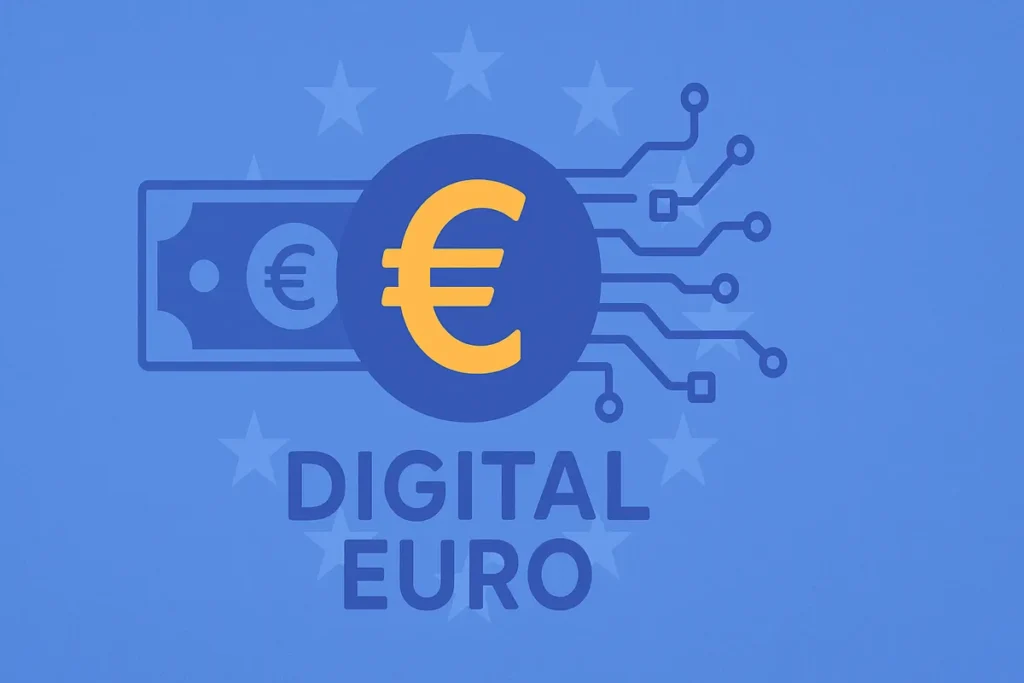When the euro was introduced on January 1, 1999, it represented more than just a monetary reform — it was the culmination of decades of political ambition to unite Europe under a shared economic framework. Initially launched as a virtual currency for electronic transactions and accounting, the euro became a tangible reality in 2002 when notes and coins entered circulation across 12 member states.
The European Central Bank (ECB) was established in 1998 to manage the new currency and maintain price stability. Its creation marked a defining moment in Europe’s financial history, replacing national monetary authorities with a single institution responsible for the euro area’s monetary policy. The early years were marked by confidence and growth, as the single currency simplified cross-border trade and strengthened the internal market.
Over time, the euro expanded to 20 countries, becoming the world’s second-most-used currency after the U.S. dollar. However, its history was not without challenges. The global financial crisis of 2008 and the subsequent eurozone debt crisis tested the resilience of Europe’s monetary union. The ECB’s response, including unconventional monetary policies, demonstrated the central bank’s growing role in stabilizing the economy.
Beyond economics, the euro symbolized a shared European identity. Yet, as technology advanced, new forms of money began to emerge. Digital payments, mobile banking, and the rise of cryptocurrencies slowly reshaped how citizens interacted with money, highlighting the limitations of traditional cash.
This changing environment set the stage for the next evolution of Europe’s currency — the digital euro. More than two decades after its physical launch, the ECB began exploring how a digital version of the euro could serve citizens in a world increasingly defined by online transactions and electronic money.
The journey from the euro’s physical creation to its digital transformation reflects a broader European story — one of integration, adaptation, and the constant drive to keep pace with change.
